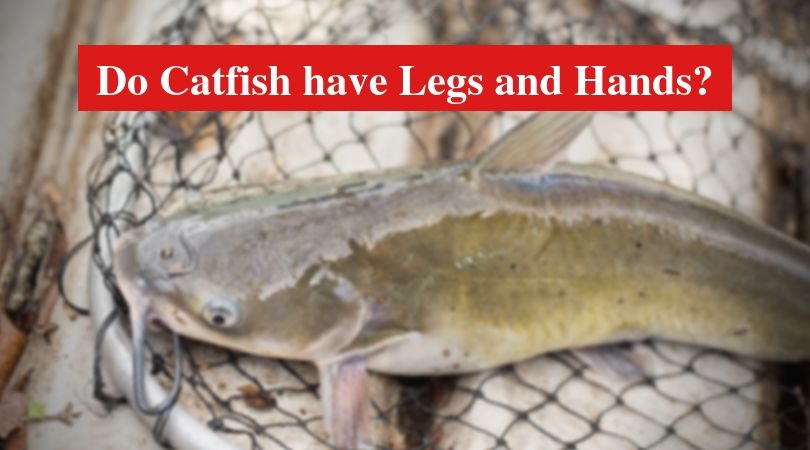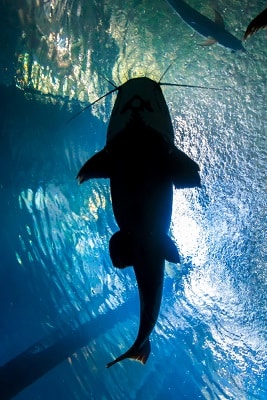
To be clear, catfish do not have legs and hands but strong and well-formed fins that can be used to wriggle on dry land when the fish gets out of water. This behavior is common with the ‘walking catfish’ Clarias Batrachus; they are freshwater catfish known to have features that help them survive longer outside water.
Do Catfish have Legs and Hands?
The natural habitat of this catfish species is in the rivers and lakes all around us. However, they have well-formed lungs that can process the air we breathe. This is how the walking catfish survives outside water.
How it walks on dry land
The spikes in the fins of this catfish species are well developed with strong blunt ends which enable the catfish to push its body off the hard surface on land. This catfish species grows to about 2 feet, and the adults weigh as much as 2.6 lb. When tossed out of the water, the catfish can wriggle, with much effort, across dry land in search of water or food. It should be noted that this is actually a struggle for survival, and if the catfish cannot reach water quickly, it will die on land.
Feeding habits of walking catfish
The walking catfish are known to feed on smaller aquatic animals and plants under the river. They can be classified as omnivores. This feeding behavior makes it easy for walking catfish to survive easily in the water.
Is it safe to eat walking catfish?
Yes, in the parts of the world where they are found, for example, Southeast Asia, the walking catfish is eaten as food. Its meat is known to have a tougher texture compared to other catfish species that survive only in the water.
Can walking catfish sting?
What actually happens is that the adult catfish have well-formed fins that contain some venom. If you get pricked by the fins, you may experience some redness and discomfort on your skin. However, the sting from a catfish is not fatal. To avoid getting stung when you pick up a walking catfish hold it by placing your fingers under its pectoral fins by the gills.
Invasive nature of the walking catfish
The ability of this catfish species to wriggle around in search of better living conditions makes them quite invasive catfish species. If you introduce this catfish in a river, in a few months, you will find them in many other rivers nearby. The walking catfish have a large appetite, they can quickly deplete food sources, and when the food is finished, the catfish will need to migrate to another river. This also means the smaller aquatic animals in the river will also be eaten as food.
Walking catfish also multiply very quickly; they can outnumber other aquatic animals and fish species in a river within a few months.
This catfish species also have a long life span. The females can live as long as fourteen years while the males tend to live till they are about nine years.
